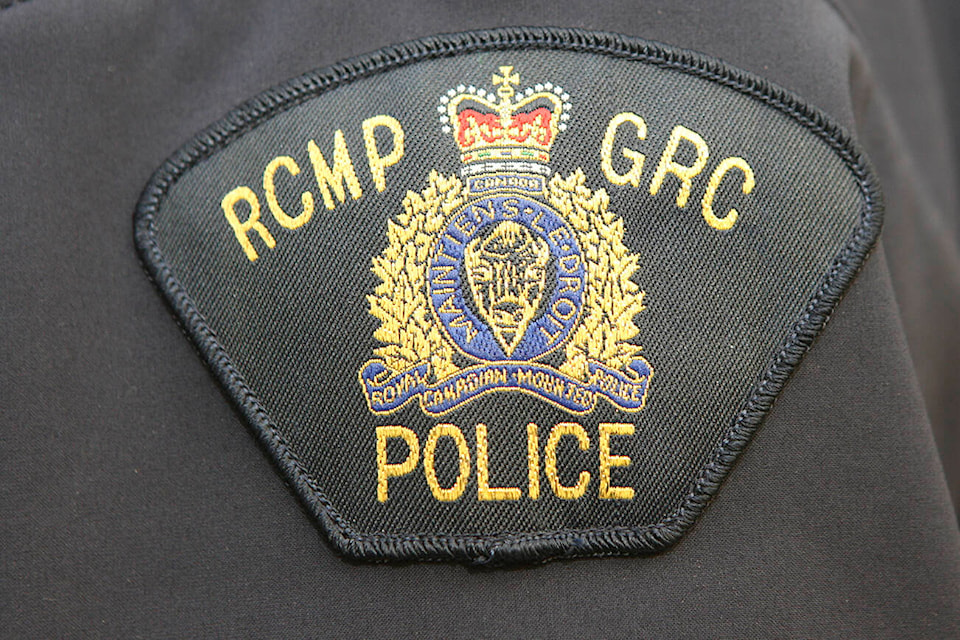Victims of crime will now have access to increased funding and supports starting Sept. 1, according to Justice Minister Tyler Shandro, who held a press conference in Sylvan Lake on July 19.
Sylvan Lake & District Victim Services lost its government funding in 2019 and ceased operations. Since then, the Sylvan Lake RCMP members and support staff have been pulling double duty to fill in the gaps.
According to Joseph Dow, press secretary for the minister of justice and solicitor general, this recent government announcement means Victim Services will be coming back to Sylvan Lake.
“Victims deserve a system that protects and supports them from day one and at every stop of their recovery,” said Shandro. “Navigating the aftermath of a crime can be complex and each victim’s healing process can be different, so we are making sure that wherever they may be in their journey or wherever they are in the province, they have access to the help they need when they need it. Victims will always be the priority.”
In addition to more funds and quicker access to emergency assistance, the province will be moving the Victim Services program delivery to a four-zone model, aligning with current RCMP districts: north, south, east and west. Currently, Victim Services is administered through 62 local governance boards across the province and delivered through community organizations, such as police-based Victim Services units, which is what Sylvan Lake lost when the funding ceased.
According to the government press release, this zone model will improve reliability, continuity and uniformity of service delivery across the province. There will be an increase in professional supports for frontline case workers, and this will allow for greater flexibility to deliver services at the community level. There will also be centralized professional support staff within each zone to provide strategic, logistical and administrative support to these frontline case workers.
Victim Services provides a wide array of support for victims of crime, previously known as the Victims Financial Benefits program. On June 26, 2020, the Victims of Crime (Strengthening Public Safety) Amendment Act came into force and that program ended. With this government announcement, the old program has been replaced with the new and enhanced Victims Assistance Program. The interim Victims Assistance Program will have a limited scope, but once the program is completely up and running, victims will have access to immediate emergency financial assistance, immediate access to crisis counselling and longer-term transitional counselling, extended medical coverage, funeral expense reimbursement and grief counselling, court attendance expense reimbursement, supplemental benefits for victims with severe injuries and who have to be dependent on others and a tiered severe injury benefit.
Victims will also have access to emergency temporary accommodations, relocation expenses for victims of human trafficking, emergency travel funds for those fleeing domestic violence and much more. Victim Services also supplies volunteer advocates to assist victims during the court process.
“[Victim Services] is imperative to our duties,” said Sgt. Stephanie Lesyk, of the Sylvan Lake RCMP, adding that it was difficult news to bear when Victim Services ceased operations in Sylvan Lake three years ago.
“We’re excited by this announcement,” she said of the government press conference. “I think it’s going to be incredibly beneficial for Sylvan Lake and area and we look forward to watching it move forward.”
Sylvan Lake Mayor Megan Hanson explained that in between now and when the new program takes off, Sylvan Lake will be receiving Victim Services support from a neighbouring municipality, removing that burden from local RCMP officers.
“We will, shortly, within the next couple of months, have Victim Services available to our residents in the model that it was meant to be delivered,” said Hanson.
“We’re thrilled,” she continued. “We’ve been doing a lot of work, especially in the last year, advocating for this. Anytime I have met someone in leadership, they’ve been hearing about this issue.”
Without a dedicated Victim Services unit in the community, Hanson said she feels local victims of crime have been under serviced.
“I also think the long-term plan is really great,” she said. “I think it will provide stability. Different regions seem to have different levels of service, so now everyone will see some consistency.”
“Shifting Victim Service delivery to a zonal model will ensure services are consistent across the province, while making sure victims have the support they need from within their community,” stated Dow. “The zones align with RCMP districts, and Victim Service personnel will remain co-located in police detachments, just as they are now, but with the added advantage that they can also be deployed to other detachment areas as required. This means victims of crime will have access to reliable and consistent supports and services wherever they may be, and not just in communities that have an RCMP detachment or a local Victim Service unit.”
According to Dow, the Alberta government is investing an additional $14.5 million a year to supports and services for victims of crime. The Victims of Crime and Public Safety Fund is financed by a mandatory fine surcharge imposed on a person convicted of an offence under provincial laws, unless otherwise excluded in bylaws or regulations.
Moving forward, Shandro will be engaging with stakeholders throughout 2022, gathering suggestions and opinions on the best way to implement this new model, which will roll out in stages over the next year.
